Taking turns is a fundamental part of communication but this basic skill doesn’t always come so easy to our students. It’s not only the aspect of waiting, which is hard on a lot of kids in general, but being aware of the ending of one turn, the beginning of the other, all while staying on top of all the subtle rules of communication. Still sound easy?

Most of the time our students who struggle with turn taking tend to dominate the conversation or activity, so how can we help them to understand and learn this subtle but oh so important skill? I like to start with coloring, that’s right, good old fashioned crayons.
They say waiting is always the hardest part, and if you have ever been to Starbucks in the morning you know what I mean. This is where I like to start with my students. They need to understand the waiting aspect of turn taking first. Start by explaining the expectation of waiting for the situation and giving them a strategy or two to use while they are waiting. Next, I give them each a coloring page, but the kicker is, that I only have one crayon for everyone to use. I start a timer for 15 seconds and each time the timer goes off the student with the crayon has to pass it to the next student. Making this action concrete and easy to understand is key. Students tend to upset and anxious about waiting because they don’t know, or think, they will get a turn again and don’t want to lose the time or attention. Setting a visible timer to show the students that not only does their turn have a cycle, but how long they will have to wait for their turn to come again. Making it a bit more predictable and hopefully less stressful. As the turns progress I lengthen the timer to 30 seconds, 1 minute, and so on, adding 30 seconds to each round. I will also swap out the crayon too for other colors, because let’s face it, no one wants a picture that is all green, unless its maybe St. Patrick’s Day.
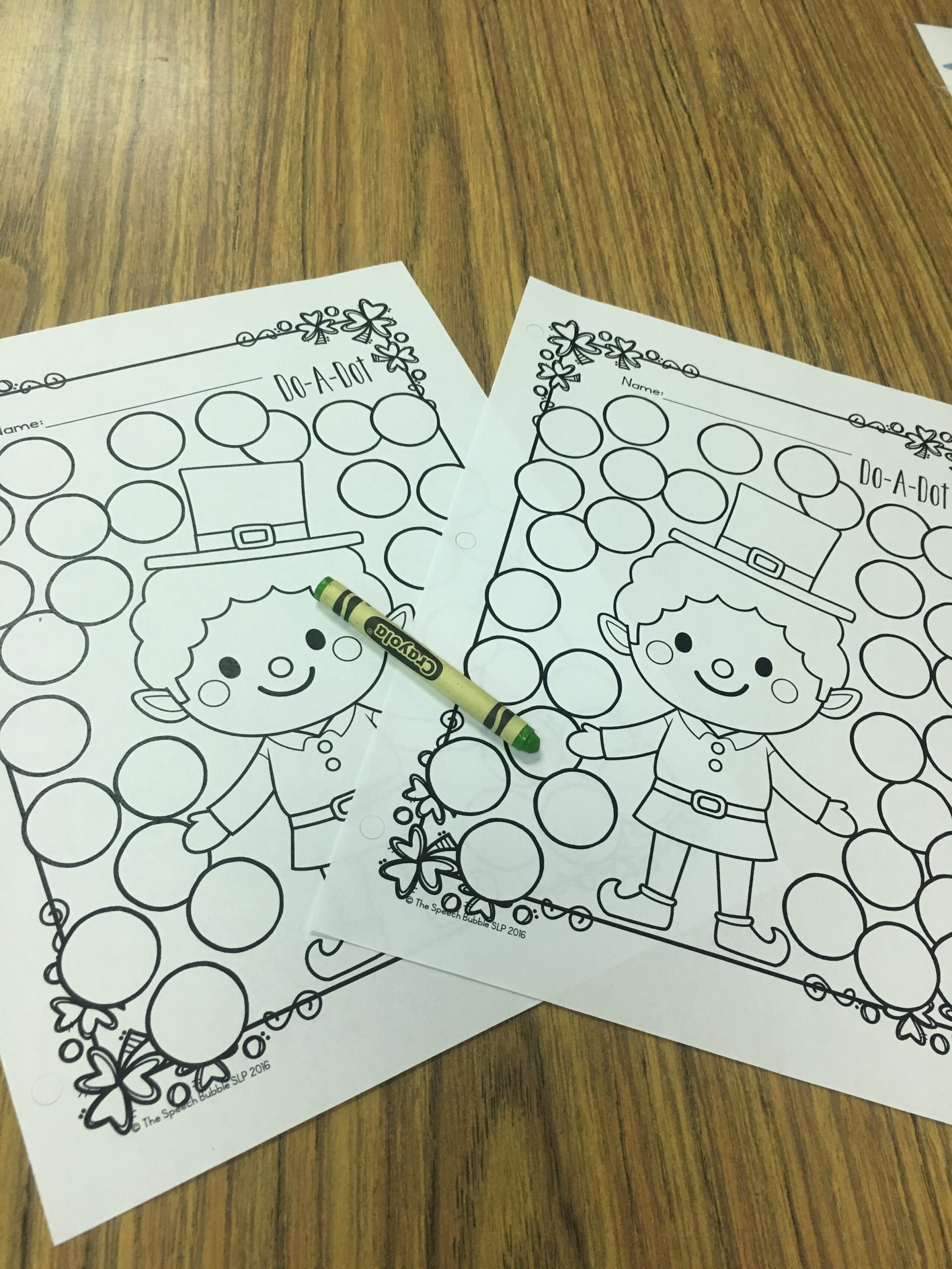
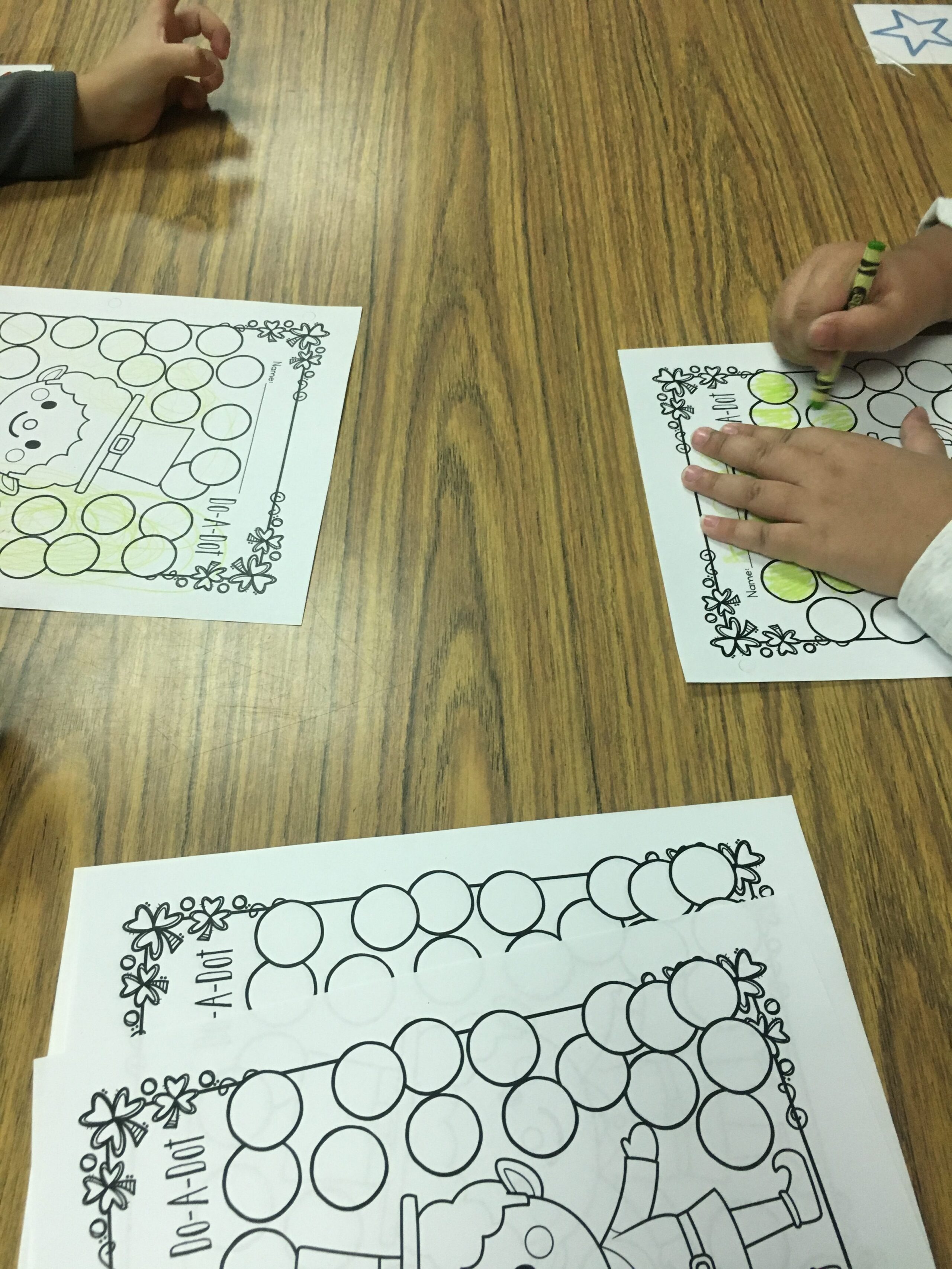
The pages in the photos are from my NO PREP MARCH and ST. PATRICK’S DAY resource which is also in my NO PREP SPEECH AND LANGUAGE FOR A YEAR resource.
When everyone has taken turns for some time, I will stop the timer and put all the crayons on the table and let them have at them for the final 3 minutes or so of the session to free color the rest of the pictures. This offers a chance to unwind for a few minutes before a transition back to class. I may do this activity a few times before progressing to something more functional like playing a game. CandyLand is my favorite, it’s multiple player, allows you to sneak in some work on other goals, and it was my favorite when I was little, along with checkers. I’m a sucker for the classics I guess 🙂 I don’t like to start with games though because most kids already have issues with them and need to work on those fundamentals of turn taking first, like in the coloring activity.
After your students have game playing down, you can move on to the oh so tricky area of conversations. Review what turn taking is with your students and that whole ‘waiting thing’ again before you introduce this 😉 You may also want to bust out that handy dandy timer again too. Letting students see how long they can talk for is helpful to start, especially so they don’t fall back into the behavior of dominating conversations out of the gate, but eventually you are going to fade this out. As they take turns and the timer goes off, start to silently acknowledge the next student to go ahead and pick up the discussion, as we would in real life when one person is done speaking. The hope being that students start to pick the up the conversational turns themselves after the timer goes off without your cue. As sessions go on, remove the timer and hopefully your students will continue this trend on their own. Now, there are going to be days where it may seem like you never talked about turn taking and your back at square one, but this is when you can bring out that timer for a quick refresher of the skill and to help everyone reset.
An activity you can try might be to let students write topics on index cards and put them all in a bag or container and pick them out one by one. Everyone has to say something about the topic before a new one is chosen. Using short, silent movie clips is another fun way to get kids chatting too. Set the timer for 1 minute to start and progress up to 2 minutes if needed.
These are just some tips and starting points. Turn talking in games can take some time to evolve into turn taking in conversation. After all, if our students could get it in one session with a simple explanation then they really wouldn’t need us. So be patient and make it engaging, they will talking up a storm, one at a time 😉 before you know it.

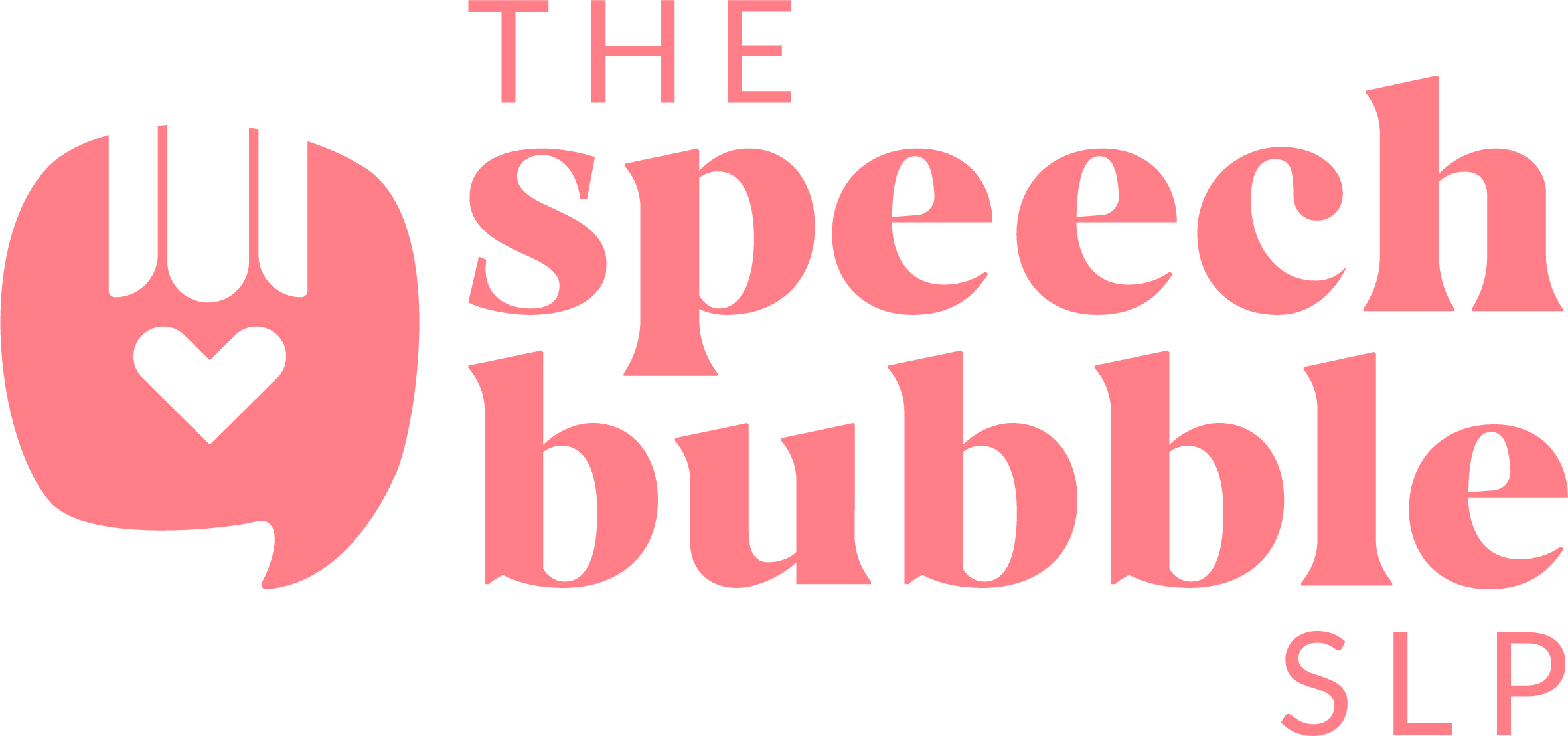






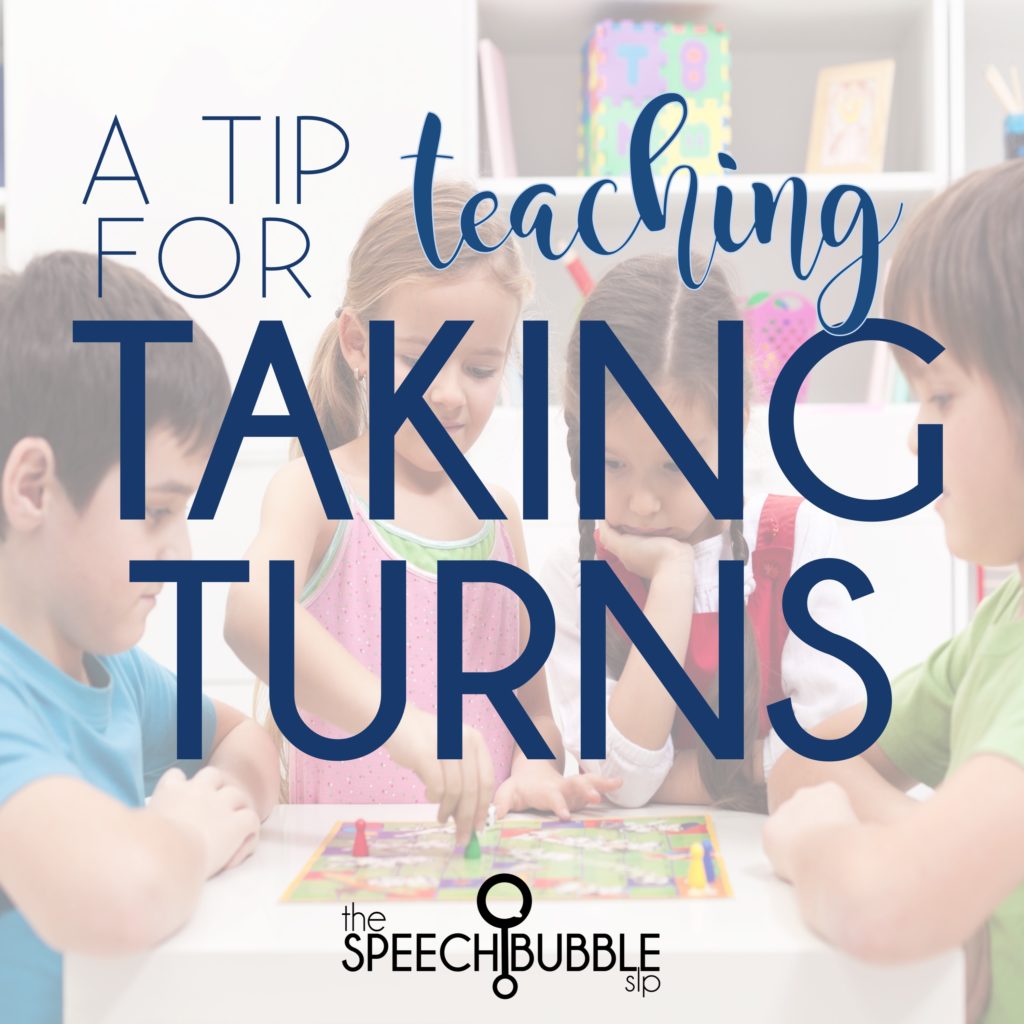
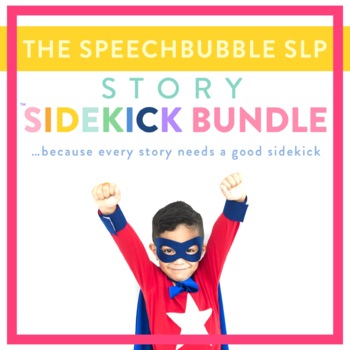






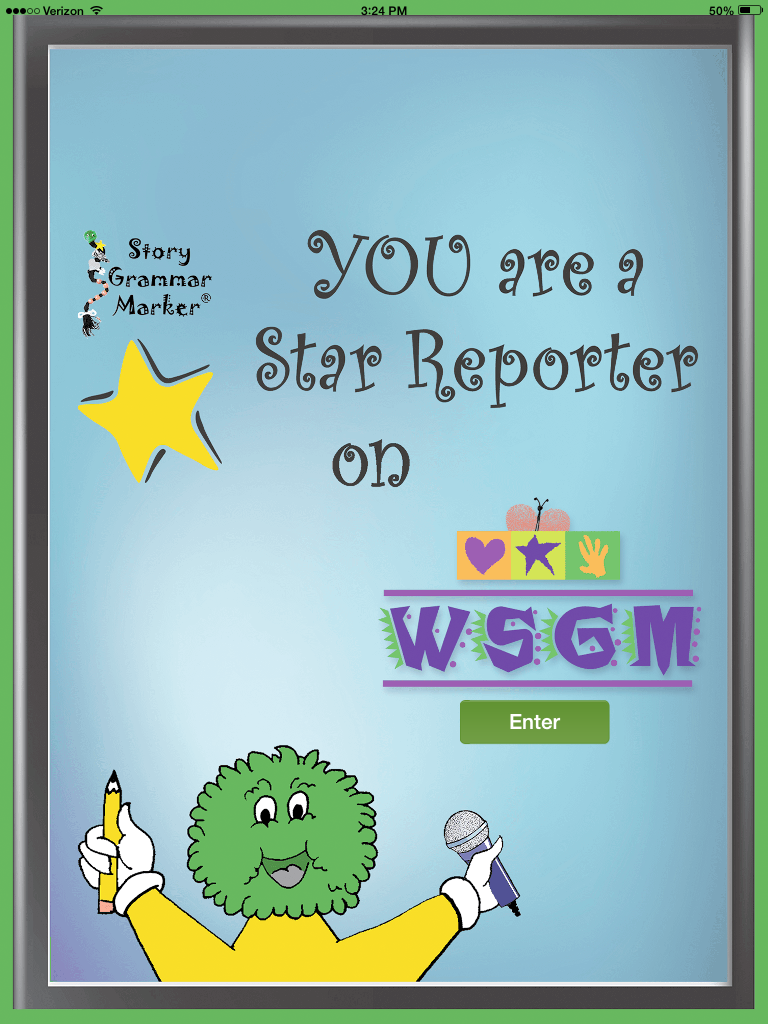




2 Responses
Thanks for this! Love your ideas!